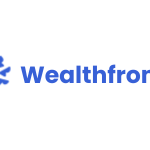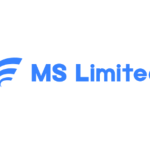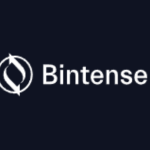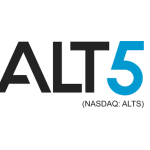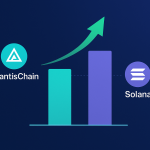Blockchain
Blockchain Compliance Tools Are Reshaping Traditional Finance In 2025
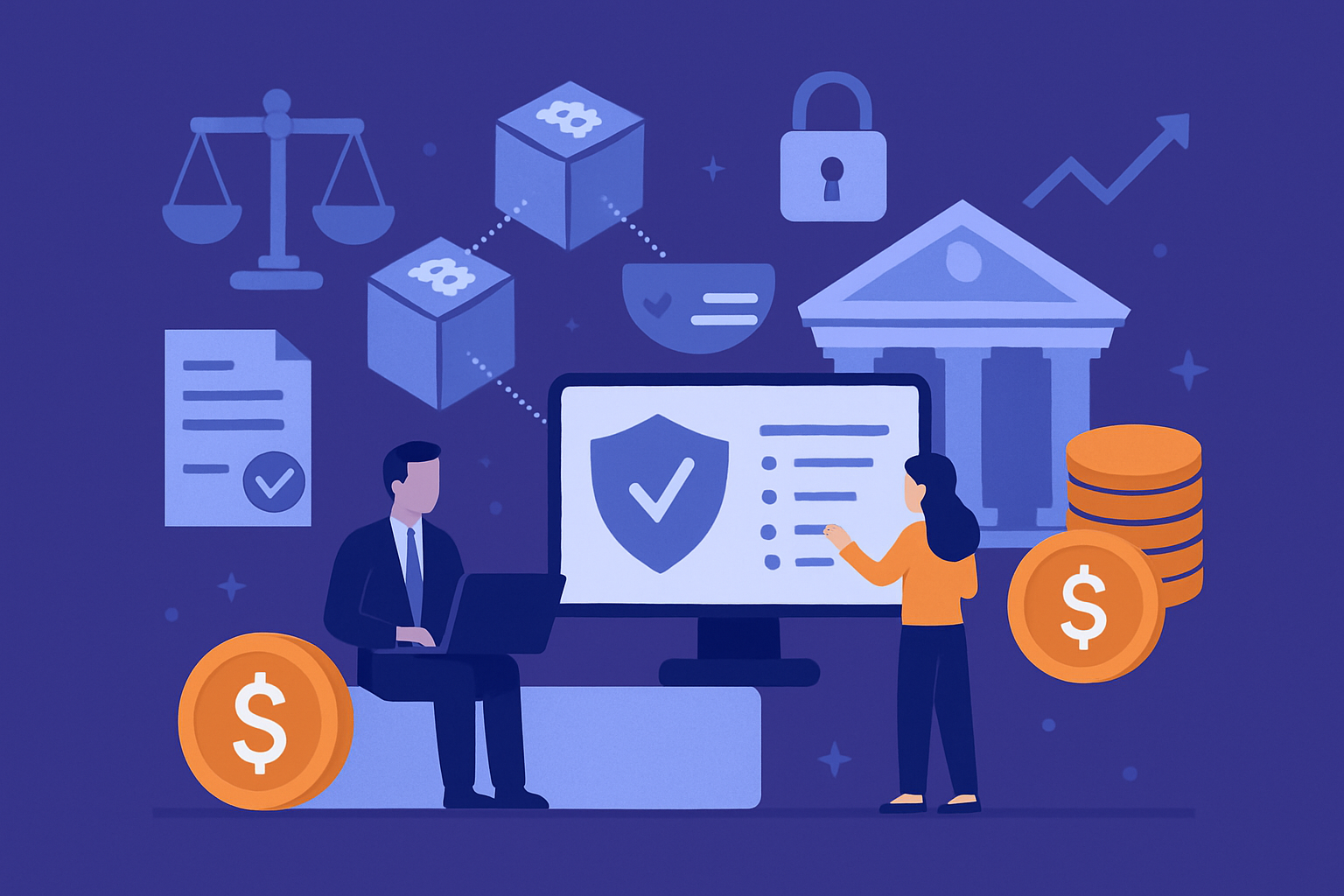
Introduction
In the highly regulated world of traditional finance, compliance has always been a formidable cost center. Banks, asset managers, insurance providers, and payment processors collectively spend billions annually to meet global compliance obligations. From Know Your Customer (KYC) and Anti-Money Laundering (AML) protocols to auditing and financial transaction reporting, regulatory frameworks continue to evolve and expand.
The challenge isn’t just financial. The compliance burden slows down innovation, affects onboarding timelines, and leads to operational inefficiencies. Institutions have long been on the lookout for ways to streamline regulatory processes without compromising legal obligations. That’s where blockchain technology, and more specifically blockchain-based compliance tools, are now beginning to offer viable, transformative solutions.
Chainlink’s Vision: A Blockchain-Powered Compliance Future
Chainlink, one of the most recognized names in blockchain oracle services, has positioned itself at the heart of this transformation. Speaking at a recent fintech conference, the co-founder of Chainlink emphasized the growing role of blockchain-based compliance infrastructure in lowering the cost of doing business for traditional financial institutions.
He pointed to one key principle: data transparency combined with automation. By using blockchain smart contracts, institutions can verify, log, and report compliant activity in a trustless, tamper-proof environment. Chainlink’s oracles act as bridges between off-chain data and on-chain systems, allowing real-world compliance records — such as regulatory updates, customer verification documents, or payment records — to be delivered directly to blockchain systems.
This real-time synchronization is critical. It eliminates redundant verification loops and supports automated rule enforcement, leading to significant operational savings.
A Decade Of Complexity: Why Change Is Urgent?
In the years following the 2008 financial crisis, global regulators ramped up requirements for data reporting, auditing, and risk management. The U.S. Dodd-Frank Act, the EU’s MiFID II, and the Basel III banking accords are just a few examples of legislation that introduced large-scale compliance frameworks.
By 2025, many large banks operate with sprawling compliance teams and dozens of third-party vendors dedicated to managing various aspects of regulation. These teams often struggle with data fragmentation, paper-based verification processes, and siloed communication between departments.
Blockchain technology introduces a paradigm shift. Instead of treating compliance as an external obligation layered on top of operations, it can now be woven directly into the infrastructure of how transactions are executed, recorded, and reported.
Smart Contracts As Compliance Engines
Smart contracts — self-executing digital agreements that operate based on pre-set rules — lie at the core of blockchain-based compliance systems. With the ability to enforce legal logic, smart contracts remove the manual burden of regulatory checks. For example, a financial institution issuing a loan can build AML/KYC checks directly into the loan issuance process. If a user has not completed identity verification or fails risk profiling, the contract simply won’t execute.
Chainlink’s oracles enhance this ecosystem by feeding external compliance data into smart contracts. For instance, if a new regulation is passed that affects asset reporting thresholds, an oracle can pull that information from a trusted source and update the logic within a contract. This creates a form of regulatory reactivity that is extremely difficult to achieve with traditional systems.
Compliance in areas like cross-border payments, derivatives trading, insurance underwriting, and asset tokenization can now be automated with increased precision and reduced cost.
Reducing Costs: A Quantifiable Advantage
Estimates from financial institutions indicate that compliance departments now account for 15 to 20 percent of operational expenses. With blockchain integration, these costs could be reduced by up to 40 percent, according to Chainlink’s internal projections and case studies from early adopters.
Several fintech institutions and neobanks have already begun pilot programs to test blockchain-based compliance modules. One example is a digital asset exchange using Chainlink’s oracles to verify sanctioned wallets against the latest Office of Foreign Assets Control (OFAC) list. Instead of relying on manual audits or third-party screening, the oracle automates this verification before any transaction takes place.
Similarly, private investment platforms are using blockchain records for investor accreditation, automatically confirming qualifications such as income or asset thresholds before allowing participation in deals.
These systems not only lower cost but also improve accuracy, reduce human error, and minimize legal exposure.
Bridging Traditional Finance And Web3 Infrastructure
The adoption of blockchain compliance tools marks a deeper integration of traditional financial institutions with decentralized technologies. Historically, there has been hesitation within major banks and asset managers to interact with blockchain systems due to perceived regulatory gray areas. However, compliance-focused blockchain tools now provide a bridge between the secure, transparent nature of distributed ledgers and the rigid requirements of financial law.
Chainlink’s architecture, for instance, allows for hybrid smart contracts — a blend of on-chain code and off-chain infrastructure. This flexibility ensures that institutions can implement compliance logic while still preserving sensitive customer data and operating within jurisdictional legal frameworks.
These hybrid models are more palatable to regulators, many of whom are wary of the complete decentralization ethos of early crypto projects. By ensuring that blockchain tools support compliance rather than evade it, firms like Chainlink are opening doors for deeper institutional engagement.
Challenges And Limitations
Despite the excitement, there are challenges to implementing blockchain compliance solutions at scale. One key issue is regulatory fragmentation. Each country and jurisdiction maintains its own set of laws, thresholds, and documentation standards. Standardizing compliance logic across these diverse environments remains difficult.
There is also the question of blockchain interoperability. Different institutions may operate on different chains — Ethereum, Avalanche, Solana, or private blockchains. Ensuring compliance tools work seamlessly across these platforms requires robust multi-chain support, something Chainlink is actively building.
Moreover, privacy remains a top concern. Blockchain’s public nature, while offering transparency, could expose sensitive user or institutional data if not properly managed. Advanced cryptographic techniques such as zero-knowledge proofs and data masking are now being developed to solve this.
Lastly, the learning curve for integrating smart contract-based compliance systems is steep. Many institutions lack in-house expertise and will need to invest in education or partner with blockchain-native firms.
Regulators Begin To Take Notice
In 2025, regulators are not just passively observing this shift — many are actively participating. The U.S. Securities and Exchange Commission (SEC), European Securities and Markets Authority (ESMA), and several central banks have launched exploratory initiatives to understand how smart contracts can be used for compliance enforcement.
The Monetary Authority of Singapore (MAS) and the Swiss Financial Market Supervisory Authority (FINMA) are already engaged in regulatory sandboxes, allowing institutions to test blockchain compliance solutions in a controlled environment. Chainlink has been involved in several of these pilots, sharing insights into oracle-based reporting and automated auditing.
The result is a new regulatory posture: openness to innovation combined with strict accountability. This could be a golden opportunity for blockchain developers and institutions to co-create frameworks that are both legally sound and technologically advanced.
Institutional Momentum Is Building
Major financial players such as JPMorgan, Citi, and BlackRock have all expressed interest in using blockchain for compliance operations. While full-scale deployment may still be in its early stages, the momentum is unmistakable.
Banking consortiums, such as the International Association for Trusted Blockchain Applications (INATBA), are actively working on standardizing frameworks that include compliance logic. Chainlink’s role in these conversations is growing, especially as its oracles prove essential for feeding external legal, pricing, and identity data into blockchain ecosystems.
Custodians, fund administrators, and settlement firms are also waking up to the efficiency gains possible through blockchain-based reporting and reconciliation.
The Role Of Artificial Intelligence
Artificial intelligence is adding another layer of value to blockchain compliance systems. AI models can monitor transaction patterns, detect anomalies, and predict potential regulatory breaches. When paired with blockchain’s immutable audit trails, AI can act as a proactive watchdog, alerting institutions to risks before they escalate into violations.
Chainlink is exploring ways to integrate AI-generated alerts into smart contracts, allowing automated remediation steps such as halting transactions or triggering human review. This real-time feedback loop enhances compliance effectiveness and helps institutions operate at higher velocity without sacrificing security.
Looking Ahead: A Compliance Revolution
The finance industry in 2025 stands at the edge of a compliance revolution. No longer does regulation have to be a slow, costly appendage dragging down innovation. Instead, with tools like Chainlink’s oracles and smart contracts, compliance can become a dynamic, embedded feature of financial infrastructure.
The benefits are enormous: faster onboarding, lower legal costs, enhanced trust with regulators, and better experiences for customers and investors alike.
While full adoption will take time, and challenges remain in interoperability, privacy, and regulatory alignment, the direction of travel is clear. Institutions that embrace blockchain compliance tools today will be the ones leading the financial ecosystem of tomorrow.
Conclusion
Compliance has always been about trust — trust that financial institutions are acting within the law and safeguarding the interests of their clients and the public. Blockchain, at its core, is also about trust — using code, cryptography, and transparency to create systems that don’t require blind faith in any one party.
The convergence of these two philosophies is perhaps the most powerful innovation in finance since the internet itself. As Chainlink and other blockchain pioneers lead the way, the coming years will show just how transformative this union of technology and trust can be.


